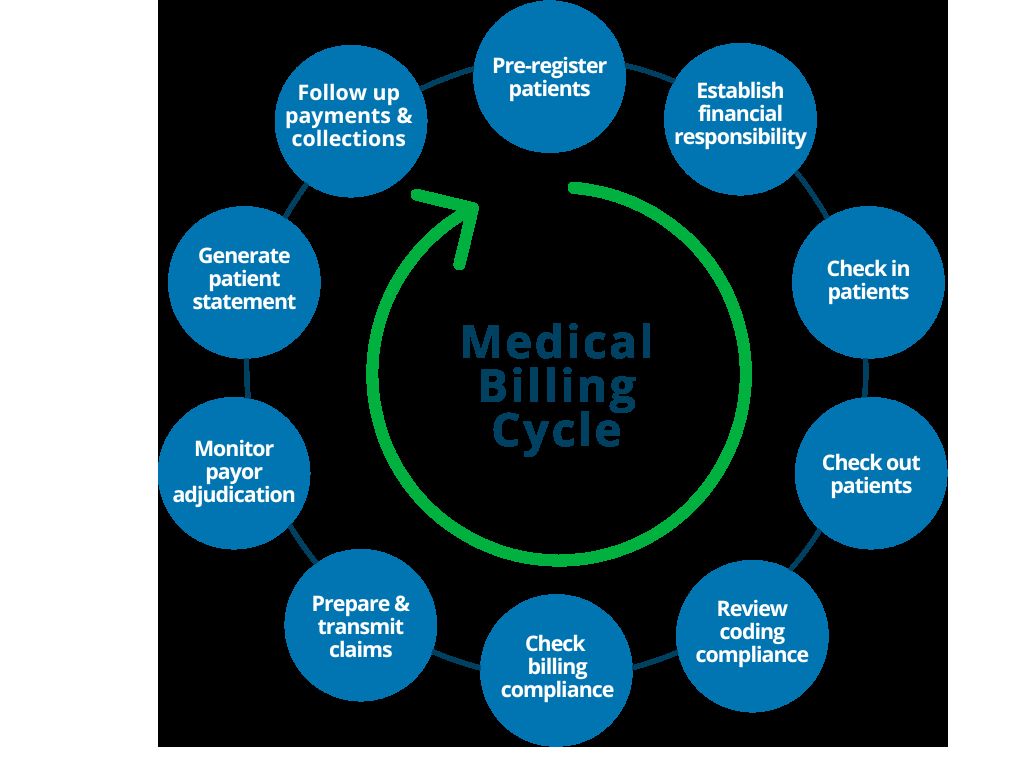

Finance
Current Liquidity Definition
Published: November 6, 2023
Learn the current liquidity definition in finance and gain insights into its importance for businesses. Enhance your financial knowledge today.
(Many of the links in this article redirect to a specific reviewed product. Your purchase of these products through affiliate links helps to generate commission for LiveWell, at no extra cost. Learn more)
Understanding Current Liquidity Definition: A Key Component of Financial Health
When it comes to managing our finances, understanding key terms and concepts is vital. One such concept is current liquidity, which plays a crucial role in assessing an individual’s or organization’s financial health. In this blog post, we will explore what current liquidity means, its significance, and how it impacts our financial standing.
Key Takeaways:
- Current liquidity represents an entity’s ability to meet its short-term financial obligations.
- It is calculated by dividing current assets by current liabilities.
What is Current Liquidity?
Current liquidity, in simple terms, refers to the measure of an individual’s or organization’s ability to convert assets into cash quickly to cover short-term financial obligations. In other words, it gauges the ability to meet current liabilities without causing any disruption or financial strain.
So, what does this mean for you? Well, if you are an individual, current liquidity can help you determine whether you have enough readily available funds to pay off your bills, debts, or unexpected expenses. For businesses, it measures their ability to handle short-term financial challenges, such as paying suppliers, meeting payroll, or covering unexpected expenses.
Now that we understand the importance of current liquidity, let’s dig a little deeper into how it is calculated.
Calculating Current Liquidity:
To calculate current liquidity, we use a simple formula:
Current Liquidity = Current Assets / Current Liabilities
Current assets typically include cash, cash equivalents, accounts receivable, and any other assets that can be easily converted into cash within a year. On the other hand, current liabilities consist of short-term debts, accounts payable, and other obligations due within a year.
The resulting ratio provides an indication of how easily an individual or organization can cover its short-term obligations. A ratio above 1 suggests that the entity has more current assets than liabilities, indicating a healthy financial position. Conversely, a ratio below 1 signals potential difficulties in meeting short-term obligations.
The Significance of Current Liquidity:
Having a good understanding of current liquidity helps individuals and organizations make informed financial decisions. Here’s why it is essential:
- Assessing Financial Health: Current liquidity is a key indicator of financial strength. By analyzing this measure, individuals and organizations can determine whether they have enough easily accessible resources to meet their financial commitments.
- Budgeting and Planning: Current liquidity allows individuals and businesses to create realistic budgets and plan ahead. It helps in managing expenditures, optimizing cash flow, and avoiding unnecessary debt.
- Creditworthiness: Financial institutions and lenders often evaluate an individual’s or business’s current liquidity to assess their creditworthiness. A higher current liquidity ratio can improve creditworthiness, making it easier to obtain loans or secure favorable terms.
In conclusion, current liquidity plays a significant role in evaluating an individual’s or organization’s financial health. By understanding its definition, calculating the ratio, and recognizing its significance, you can make better financial decisions and maintain a strong financial position. So, whether you are managing your personal finances or running a business, keep an eye on your current liquidity to ensure a responsible and sustainable financial future.














